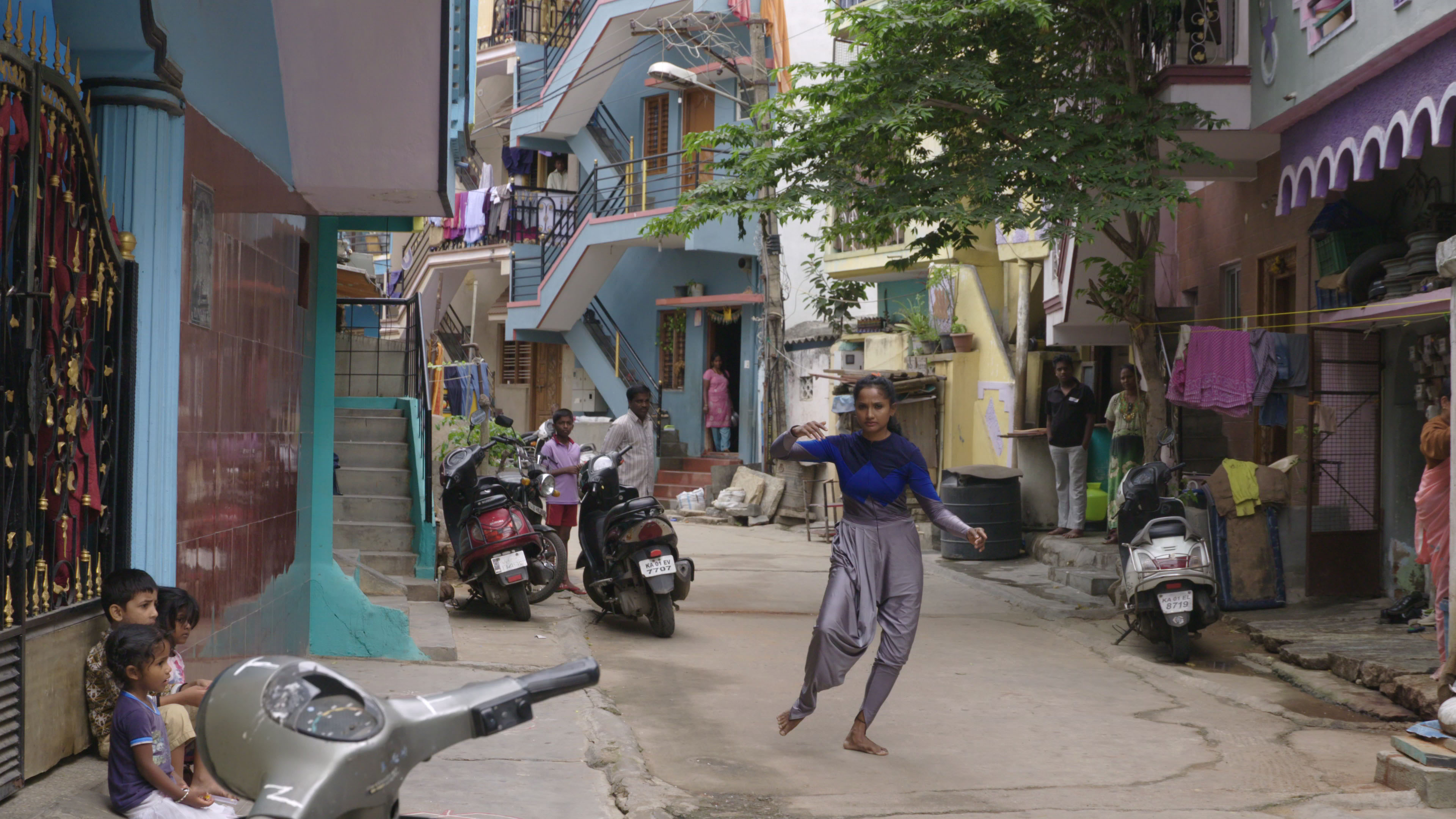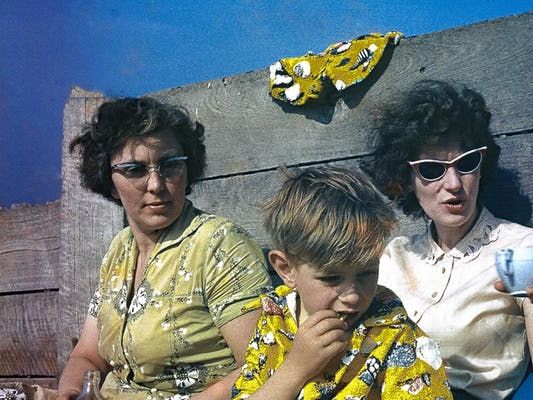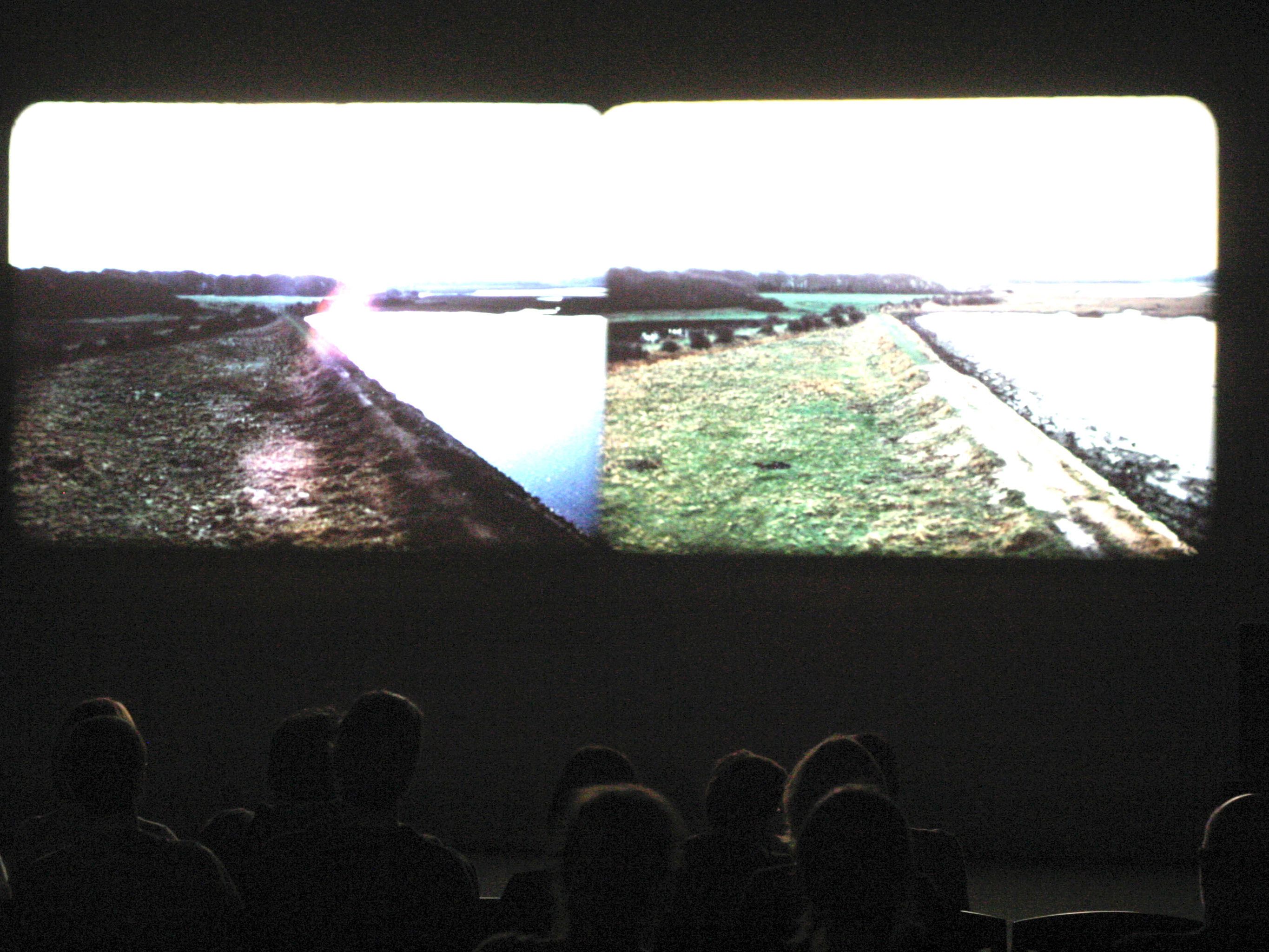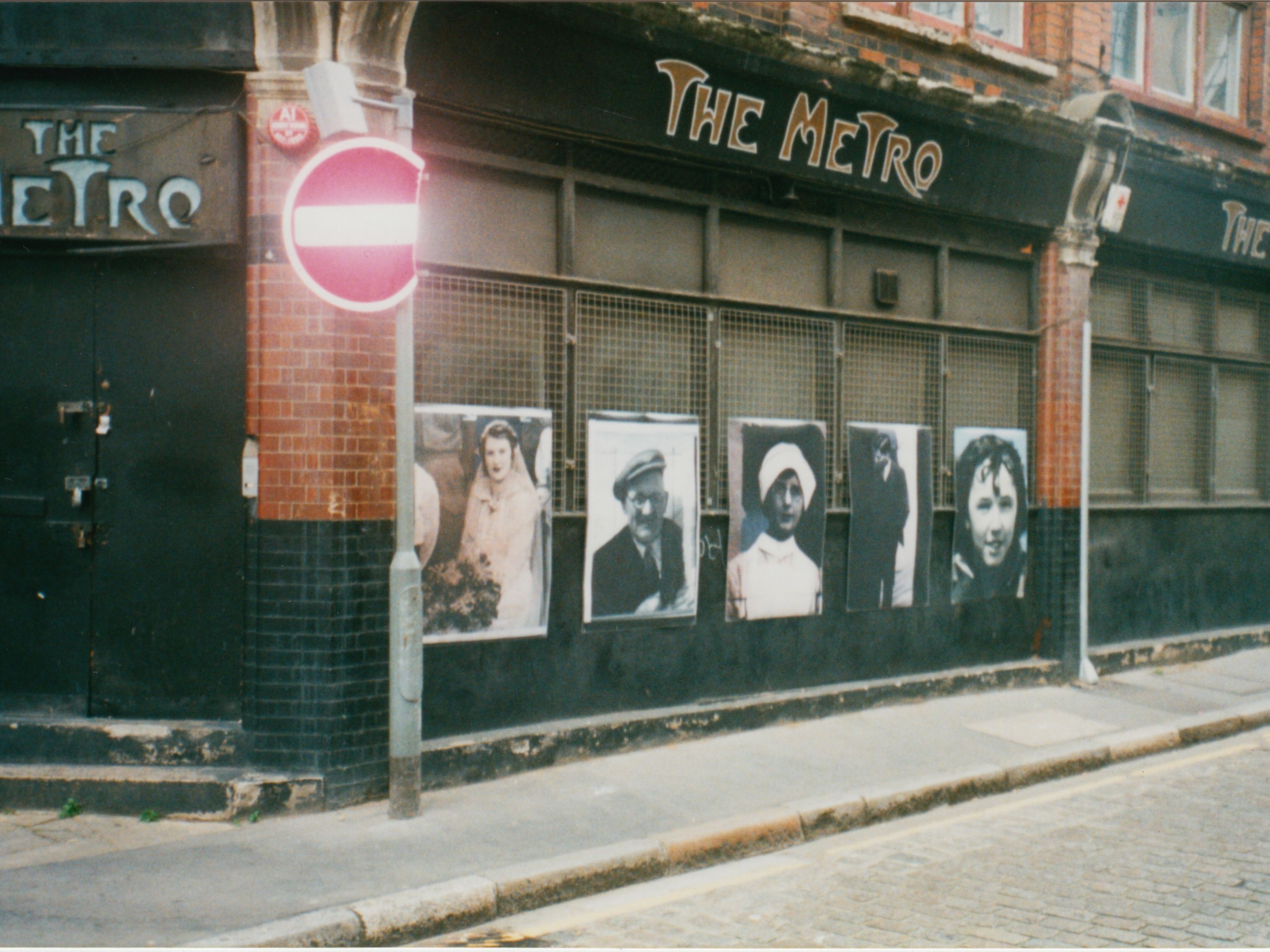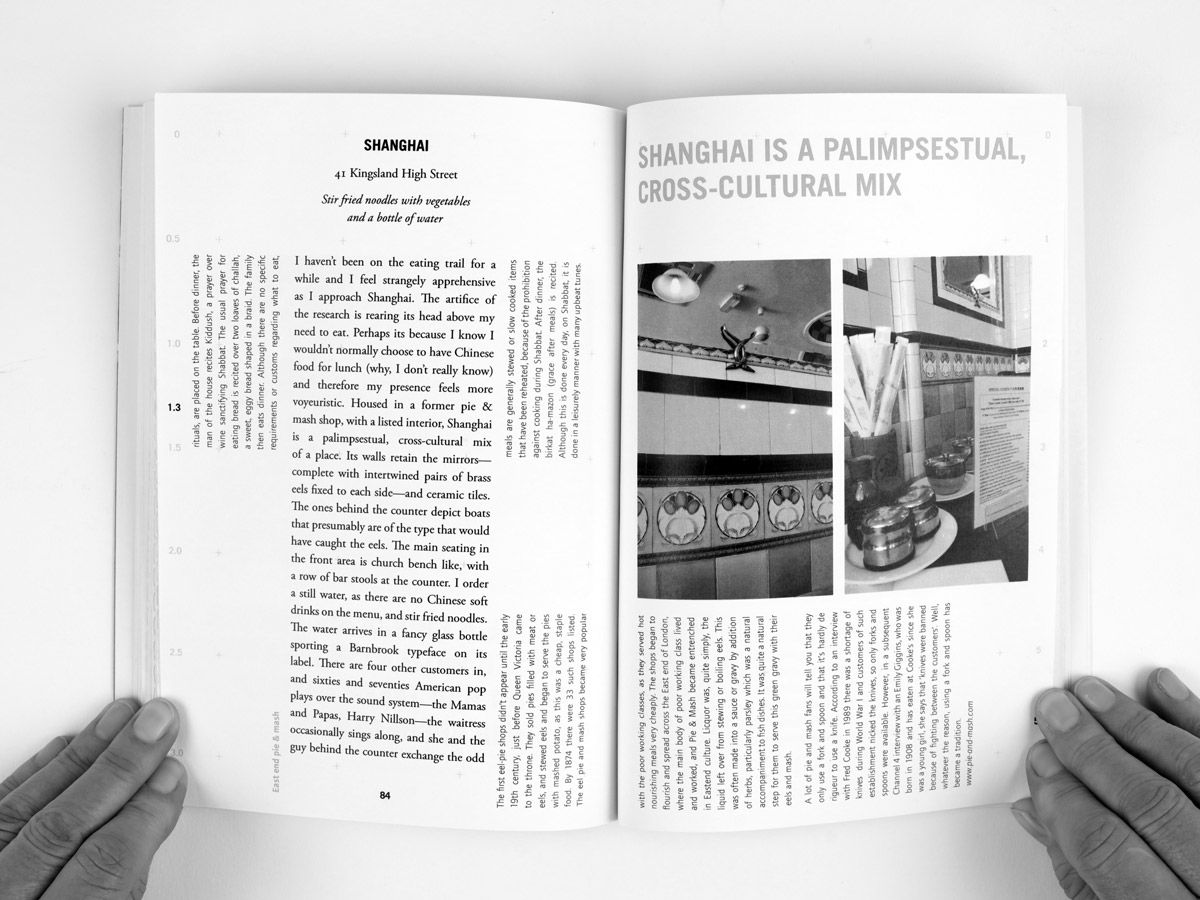London College of Communication screened a film, A Small Dream, that uses dance to explore parallels between space travel and the life of an Indian woman.
Directed by LCC researcher and director Daniel Saul, the film was developed by R&D Studio, which he co-founded with mixed-media artist Rachel Davis.
The film was funded by the British Council, Big Dance Shorts, and Channel 4 and is due to form part of three live events that will take place as part of the Dorset Moon festival.
We caught up with Daniel Saul to find out a bit more about the film and project.
How did the project come about?
The project began in 2017 as a response to an open call from the British Council, Big Dance Shorts, and Channel 4.
The offered commissions were seeking to find dance collaborations between the UK and India to mark 70 years of Indian Independence from Britain. We pitched an idea as R&D Studio – a dance film about India’s burgeoning new Space industry.
We collaborated with dancer/choreographer Hemabharathy Palani and Team Indus, an enthusiastic and audacious private team of young space engineers, many straight out of college, who were then competing for the Google LunarX Prize to land a privately funded robot on the moon.
We contacted Team Indus and said that we wanted to make a film about your rover but using contemporary dance. We received a two-word reply – ‘so cool.’
What do you hope to achieve with the film?
A Small Dream is inspired by Team Indus’ real lunar ambitions and the rover they have created and identified as female. It combines outdoor theatre, dance and projection.
The film aims to do a number of things, from interweaving and layering stories together, to inspiring audiences with awe and wonder about the difficulty of reaching the moon.
What has been the audience reaction so far?
Audiences have been hugely positive about the work, and many have commented that often it is difficult to relate to space stories because of the magnitude and the distance of the subject.
However, they feel that because our project personalises a mission by also telling a parallel story of a woman’s journey on Earth the themes are more accessible.
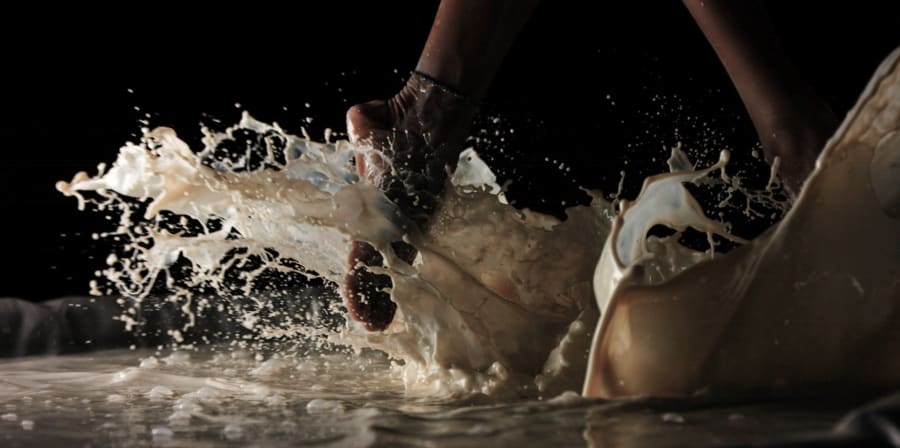
What were some of the challenges in filming?
There were many special effects that were both challenging and exciting to capture. We filmed Hemabharathy moving through busy market streets in Bangalore in extreme slow motion wearing her special costume.
Many people stopped to stare and were quite perplexed. However, overall people were surprisingly respectful and never ruined the shot or put Hema off her stride. On one occasion the police tried to prevent us filming and move us on. In the end we hid our camera under a shirt.
In Kingston University we filmed Hemabharathy’s feet jumping into a pool of milk using an extreme slow motion “phantom” camera that can capture 1000 frames per second. We used 28 pints of milk. We had to use soya milk, as the lights were so hot real milk would have begun to putrefy and stink out the studio.
We also filmed Hemabharathy running at top speed through busy Bangalore streets and passed an enormous bus station spewing out dozens of coaches. We chased Hema with a motorbike, sitting side-saddle, so we could keep up with her and travel alongside her.
What was the most rewarding aspect?
The most rewarding parts have been the two collaborations between dancer/choreographer Hemabharathy Palani and the young space engineers at Team Indus.
Getting to know them has been very moving, fascinating and joyful. Introducing Hema to her lunar robotic counterpart was a wonderful moment and can be seen in the film.
Find out more:
- Find out more about the Dorset Moon festival
- Read more about LCC Research
- Find out more about R&D Studio
- Check out upcoming events at LCC
